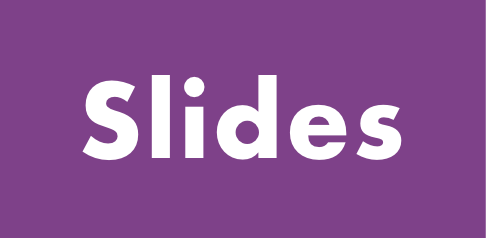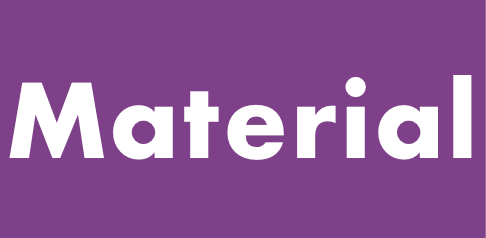The reason I presented at R-Ladies, is, that when I had done my first shiny app, I felt it was really amazing and I really wanted to share my experience of doing that, because it was quite easy.
Elisabeth Dahlqwist gave an introduction to Shiny at our second R-Ladies Lausanne meetup.
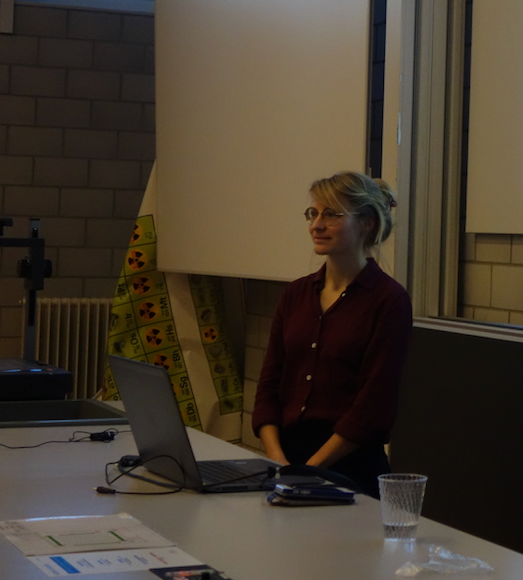
Sina Rüeger: What is the work that you do?
Elisabeth Dahlqwist: I’m a PhD student in Biostatistics at Karoliska Institute in Stockholm. Right now I’m visiting Lausanne to get more expertise in genetics. Plus my boyfriend lives here, so I came over to try to live in Switzerland for six months. The work I’m doing is mostly method development for estimating the attributable fraction. More specifically, I am interested in the causal interpretation of the attributable fraction. So I work somewhere in between epidemiology and causal inference.
SR: And do you use R for that?
ED: Yes, I use R everyday. When I started my PhD, my supervisor told me that the aim of my PhD was, to develop an R package. I had been using R before but I really didn’t feel like I was good enough to create an R package. But now I’ve done that R package!
SR: Well done - we will link to that!
SR: Where did you learn R?
ED: I learned R when I wrote my Bachelor thesis in statistics. During the bachelor studies, we had not learned R. Instead we got to know all kinds of other software, like minitab and eviews, which we never used after the bachelor. But the girl I wrote the thesis with, used R and she said that we were going to use R, because we were going to implement a new method. And so we had to learn R by ourselves. I remember, it was really tricky and for me, having no programming background at all, it was very, very challenging. Later, when I started my masters in statistics we had an R course and it was still very tricky.
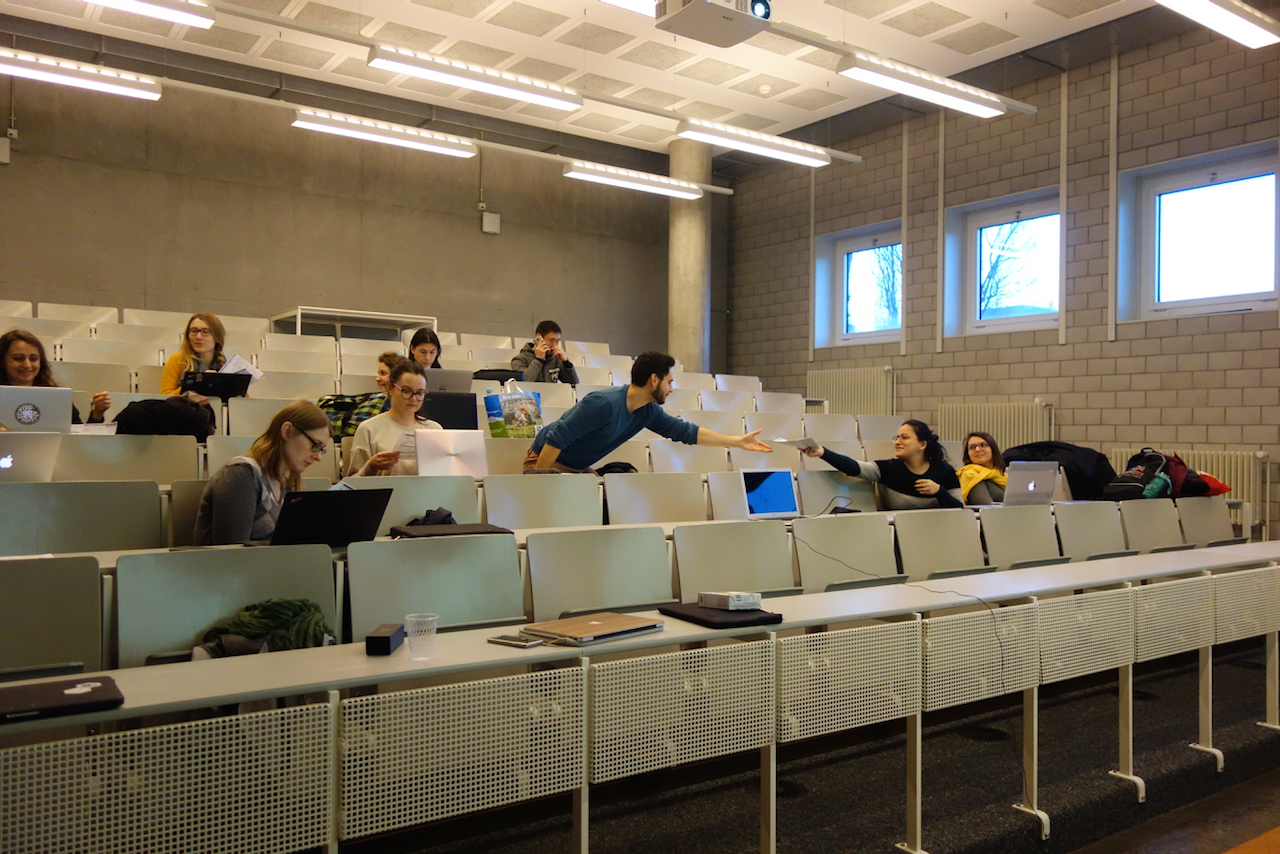
SR: During the time, when you did you bachelor thesis, what were the resources that you used to learn R?
ED: Back then I didn’t know anything about the power of Google and stackoverflow and all of that. I think we had a file with some examples, like creating a matrix. And then we were creating our own matrices and creating vectors. It was really, really basic. And from that we built up the whole program that we made from these very basic elements. Today, I think, it would be terrible to see the code, but we were very proud back then.
SR: And today, where do you look for R help?
ED: I used Google all the time. Because, for me, it’s hard to remember all the different commands and so I just always google and then usually I end up at stackoverflow. Or quick-R, if its a more basic thing.
SR: Over the recent years, when you look back at the time when you were a bachelor student, what do you think has been the most powerful change for development in R for your work.
ED: I’m very happy with ggplot2. When I learned that, I felt that my plots became so much nicer. I felt much more professional. But also when I learned Shiny, that was really really cool and really inspiring to see what you can do.
SR: What are you planning to learn next in R?
ED: Right now, I would like to learn how to work better with big data in R. Also data management, dplyr. And it would also be cool to learn how to do more advanced plotting.
SR: What motivated you to give a talk at R-Ladies?
ED: When I had done my first shiny app, I felt it was really amazing and I really wanted to share my experience of doing that, because it was quite easy. And the result is pretty cool. You can really make your R functions of the code available for everyone, not only those who use R. So using Shiny it is possible to drastically lowers the threshold for non-R users to get into R. And I think that’s really nice.
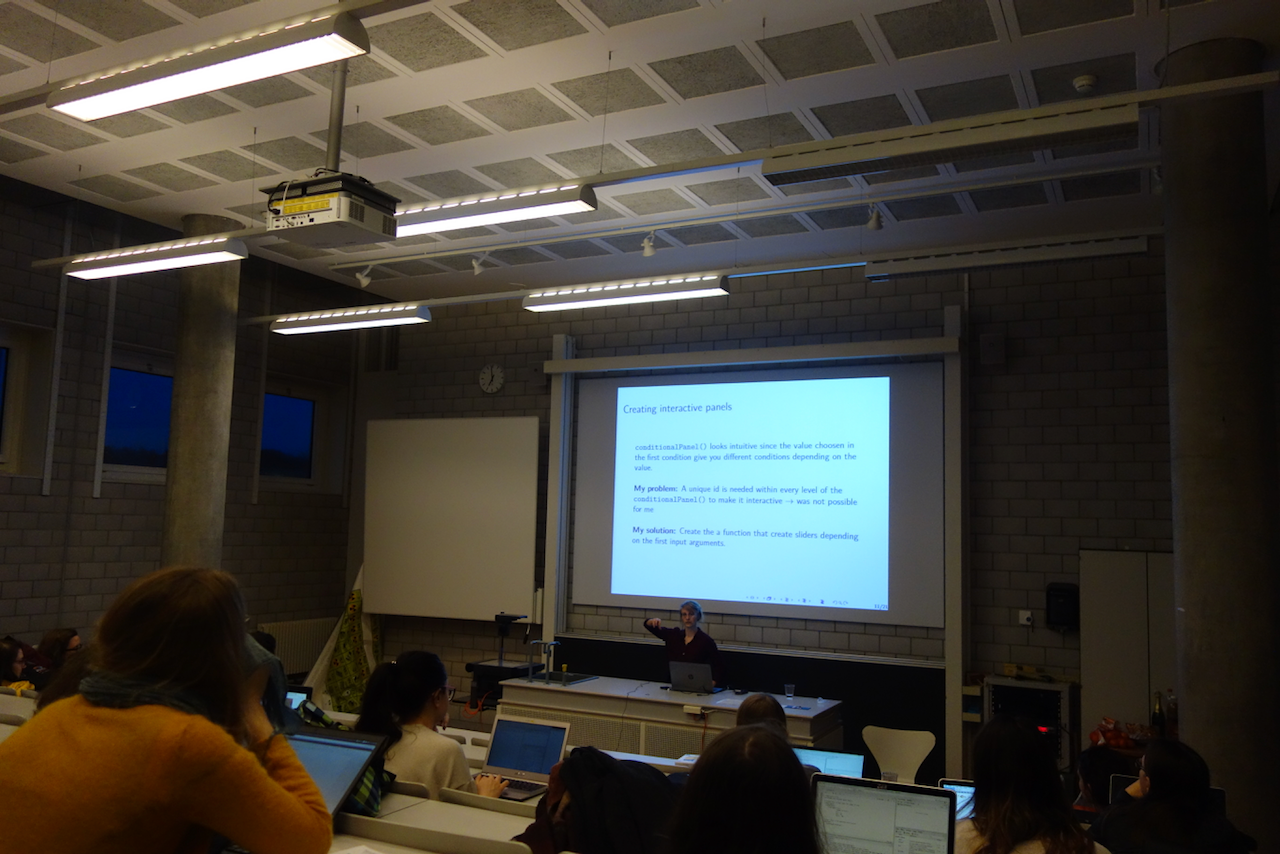
SR: There are rumours that you will start R-Ladies Stockholm together with some other folks, is that right?
ED: The rumours are right! We plan to have the first meeting in in September or October. I found four other people in Stockholm from a different domains: One is working with geo data at a private company, the second one is more into biostatistics, the third one does image processing, the fourth one is working with machine learning. In terms of profiles we’re a pretty diverse group. So I hope that this way, we can attract people from different areas too.
SR: Would you like to do some free advertisement?
ED: There are two really nice initiatives in Stockholm that I would like to promote. I haven’t participated that much, but hope to do so in the future. One is Pink Programming, which is targeted to women at all proficency levels and covers all kinds of different programming languages. You meet on a Sunday and spend the whole day getting to know new people and developing your programming skills. The second one is Foo Cafe in Stockholm. That is a cafe that hosts meetups. They even find sponsors for you and help you with the venue and everything. I think places like the Foo cafe makes initiatives like R-ladies much more easy to organize!
SR: Thank you & all the best for R-Ladies Stockholm!
ED: Thank you!
